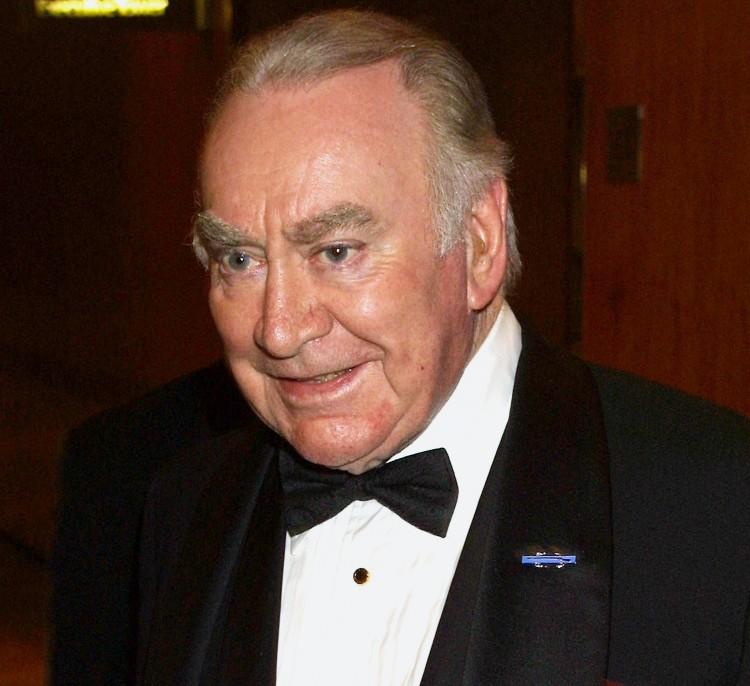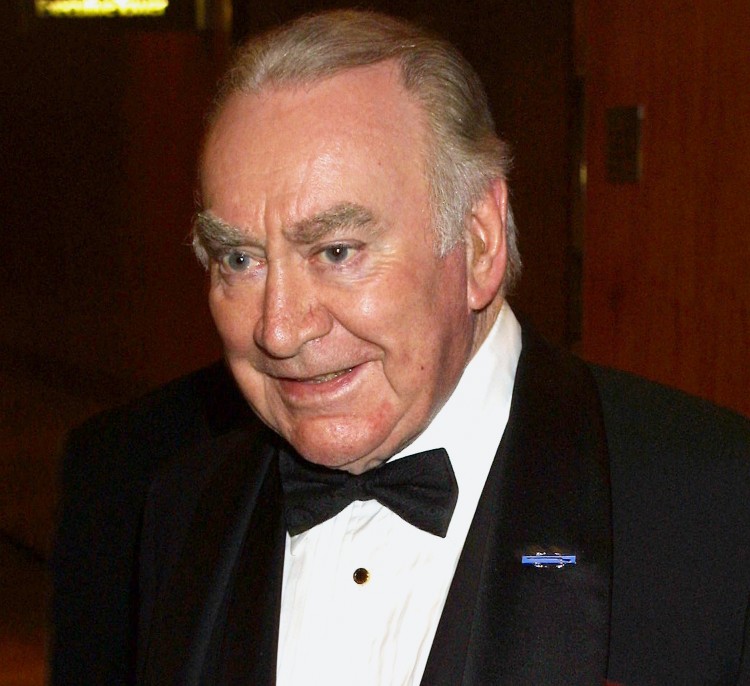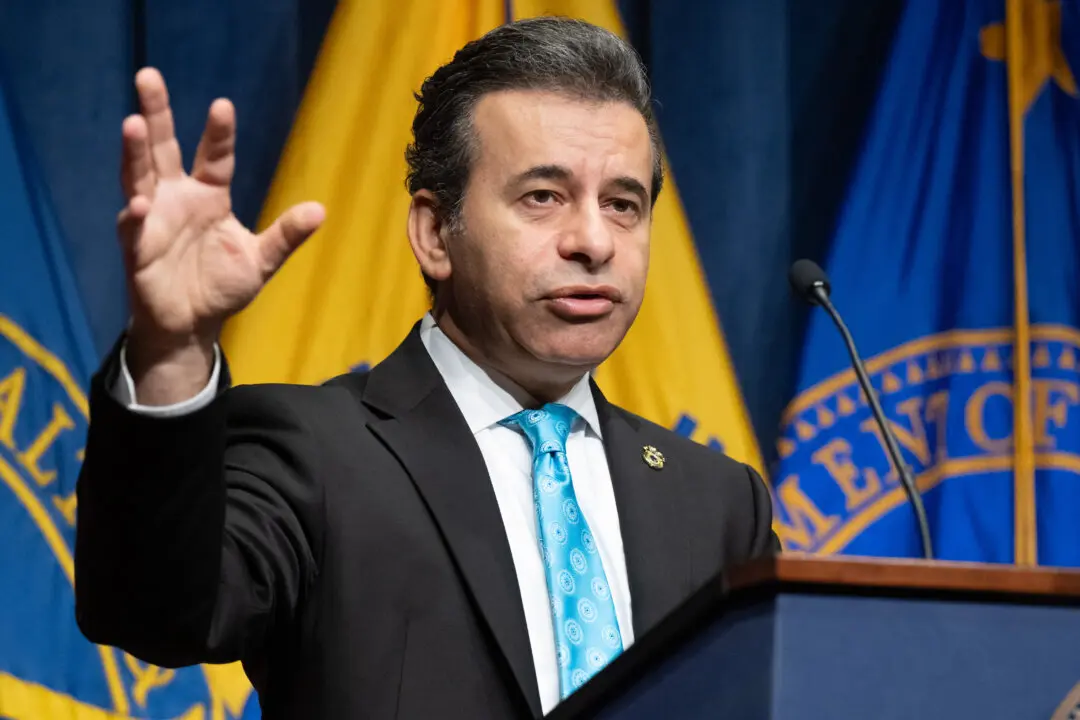Former Gov. Carey’s Funeral Held
A funeral mass was held at St. Patrick’s Cathedral on Thursday morning for former Gov. Hugh Carey, who is best known for guiding New York City through a potentially devastating financial crisis in the 1970s.

Zachary Stieber
Senior Reporter
|Updated:
Zachary Stieber is a senior reporter for The Epoch Times based in Maryland. He covers U.S. and world news. Contact Zachary at [email protected]
Author’s Selected Articles





